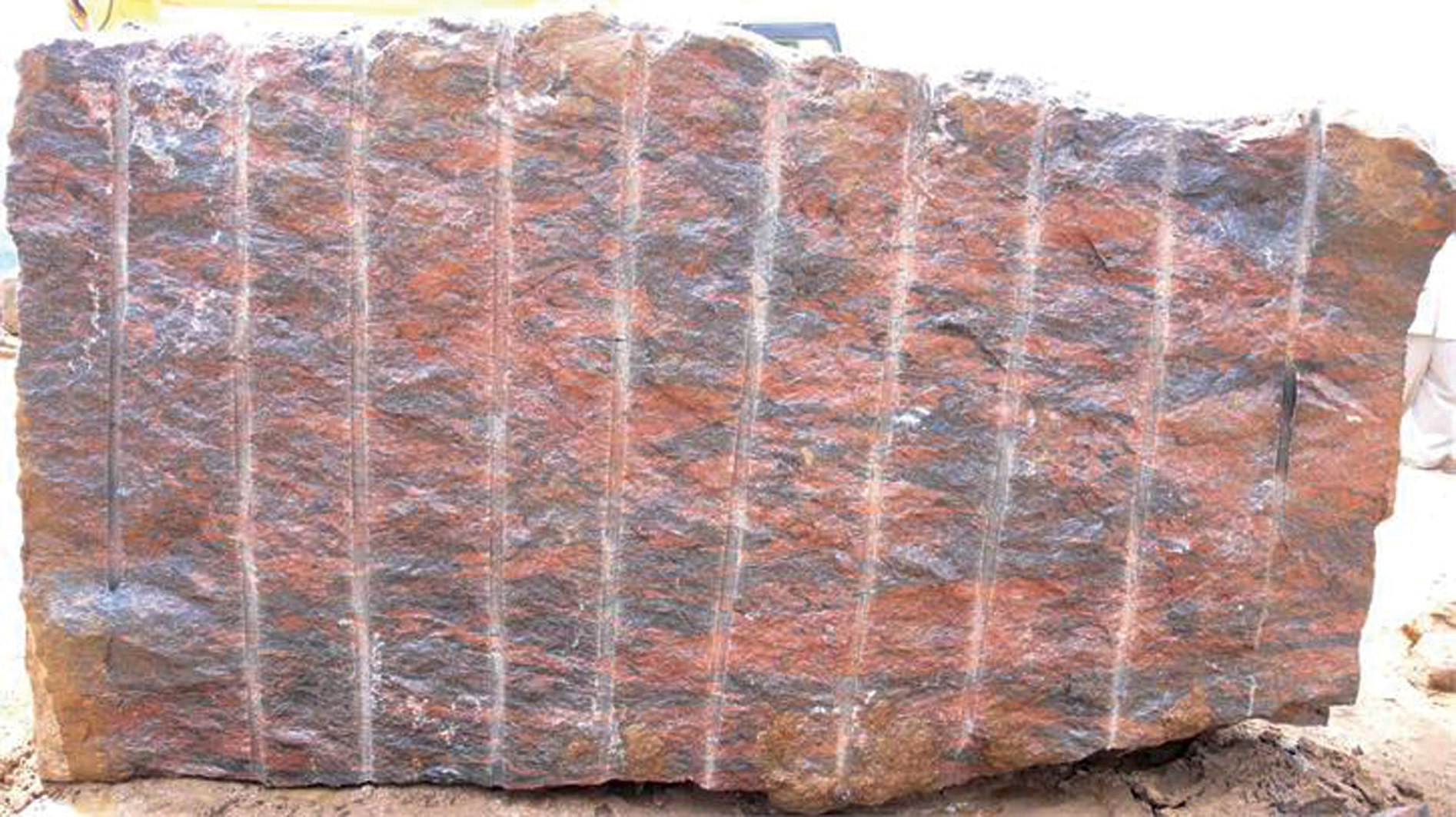Diving right into of Granite Quarries in South Africa
Wiki Article
Uncovering the Rich History and Sustainable Practices of Granite Quarrying
As we depend on the precipice of revealing the intricate tapestry of granite quarrying, a journey with time discloses not just the physical act of removing rock however additionally the social and historic importance woven into the extremely textile of this practice. From the ancient origins that laid the structure for contemporary quarrying strategies to the sustainable techniques that are forming the future of this market, each carve mark on granite surfaces informs a tale waiting to be discovered (granite quarries in south africa). The heritage of granite quarrying stretches far beyond mere removal; it is a testimony to human resourcefulness, strength, and the long-lasting allure of this impressive rockOld Beginnings of Granite Quarrying
Going back to ancient civilizations, the technique of quarrying granite has been an important part of human background and building development. The earliest proof of granite quarrying go back to ancient Egypt, where large pyramids and complex sculptures were crafted from this long lasting stone. The Egyptians used primitive devices to remove granite blocks from quarries, showcasing the significance of this material in their significant constructions.Progressing in background, the Greeks also made substantial contributions to the quarrying of granite. The Greeks utilized granite in different architectural marvels, such as holy places and sculptures, demonstrating their skill in shaping and sculpting this durable stone. The Romans further improved the strategies of quarrying granite, using sophisticated devices like knives and hammers to extract and form granite for their iconic frameworks.
Through the centuries, the practice of quarrying granite has actually advanced, with contemporary innovations boosting efficiency while keeping the classic charm of this all-natural stone - granite quarries in south africa. From old people to contemporary home builders, the tradition of granite quarrying continues to shape our world
Development of Quarrying Techniques
The advancement of quarrying strategies has been marked by a continual development in the direction of better performance and precision in removing granite. Early quarrying methods involved hands-on labor with standard tools such as chisels, hammers, and wedges to remove granite blocks from the earth.In more recent times, the advent of equipment changed the quarrying market, allowing much faster extraction prices and raised productivity. Technologies such as diamond cable saws, high-pressure water jets, and pneumatic drills have actually come to be typical in contemporary quarries, enabling specific cutting and reduced waste. Moreover, developments in computer-controlled equipment and 3D modeling have maximized quarrying procedures, leading to minimal ecological impact and boosted sustainability methods. As the demand for granite remains to rise, the development of quarrying methods continues to be essential to meeting market requires successfully and sustainably.
Cultural Importance of Granite
Granite holds a profound social importance throughout numerous worlds as a result of its enduring existence in building masterpieces and prized monuments. From the stunning pyramids of Egypt to the complex carvings of the Angkor Wat holy place in Cambodia, granite has actually been a product of option for sharing majesty and durability in cultural heritage. In ancient Rome, granite columns embellished temples and public buildings, symbolizing stamina view it and durability. The social significance of granite prolongs beyond its physical attributes; it embodies durability, security, and eternity, making it a sign of sustaining legacies and customs.
Sustainable Practices in Quarrying
Amidst the rich background of granite quarrying and its cultural significance exists an expanding focus on sustainable methods within the sector. As environmental awareness and concerns regarding resource exhaustion have enhanced around the world, the quarrying field has progressively welcomed lasting methods to lessen its effect on the setting and bordering communities.
Furthermore, recovery and rehabilitation of quarry sites post-extraction are important to sustainable methods. By bring back quarried areas to an all-natural or advantageous state, such as producing wildlife environments or leisure rooms, quarriers can counter the environmental impact visit homepage of their operations and add favorably to the neighborhood ecosystem.
Tradition of Granite Quarrying
With a historical backdrop steeped in craftsmanship and industrial development, what withstanding effect has granite quarrying left on the landscape of modern-day society? The heritage of granite quarrying goes beyond simple removal techniques; it has actually formed architectural wonders, city landscapes, and social heritage worldwide. The long lasting nature of granite has made it a favored choice for monuments, structures, and facilities, standing as a testament to the ability and virtuosity of quarry workers across generations.In addition, the economic footprint of granite quarrying can not be ignored. The industry remains to supply employment possibility and drive local economic climates in regions where granite removal is widespread. It has additionally spurred technical innovations in quarrying methods and equipment, causing more efficient and lasting practices.
In terms of sustainability, the tradition of granite quarrying consists of efforts to minimize environmental influences via improvement jobs and accountable resource monitoring. By balancing economic interests with ecological stewardship, the sector strives to guarantee that future generations can continue to gain from this long-lasting natural deposit.
Conclusion

Report this wiki page